 Facebook
Facebook
 X
X
 Instagram
Instagram
 TikTok
TikTok
 Youtube
Youtube
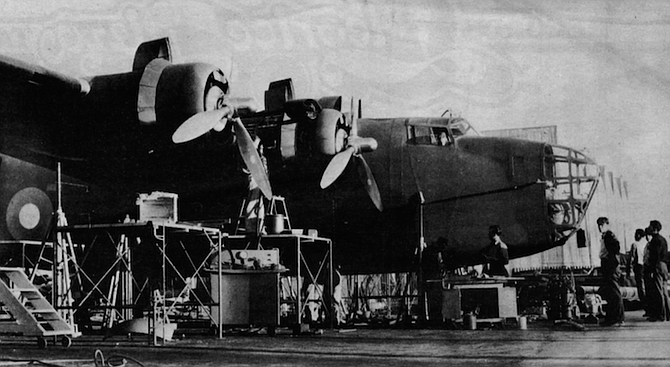
“Automobile headlights were painted out except for tiny slits. You could see cars oncoming, but the driver couldn’t see. Panic would occur when people thought attack was under way. Then if a light was shining through your window, an angry person or three might well come banging on your door. If people thought there were cars on the street that shouldn't be, they'd throw rocks at the offenders or take baseball bats and break in the headlights.”
By Andrew Piotrowski, July 16, 1981 | Read full article
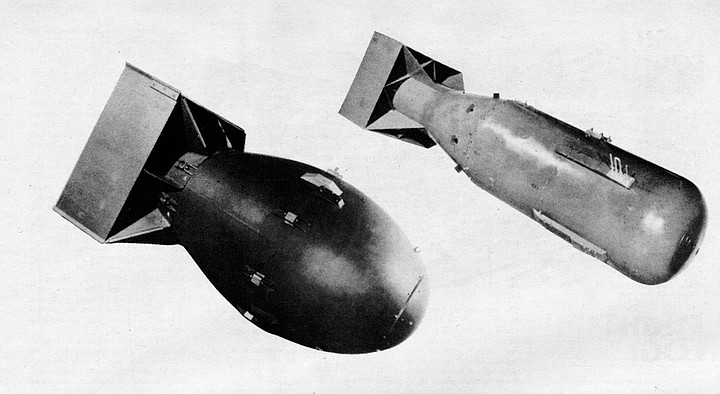
“When the crowd around the Enola Gay finally began to disperse, I wandered over toward Captain Marquardt’s plane. Several of his co-workers began questioning him about the explosion. I stood there and listened. This man had been in the plane which had followed the Enola Gay. ‘The ball of fire which followed the explosion,’ he said, ‘had been about a half mile in diameter. It was obvious that no one below that ball had survived.’”
By Gordon Smith, July 31, 1980 | Read full article
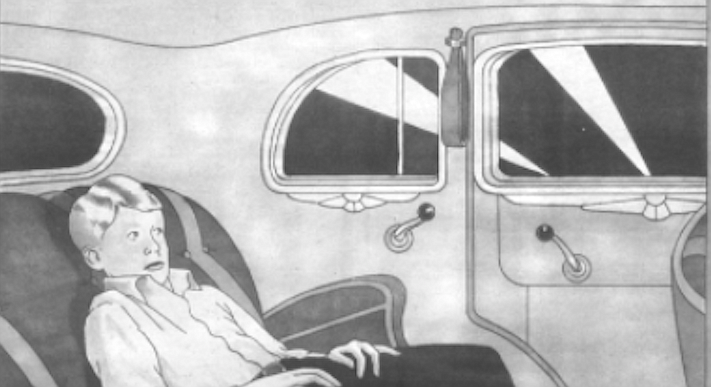
Hatred for the Japanese reached such a pitch in our East San Diego neighborhood that we’d do almost anything to show our contempt. One time some kid at Sacred Heart school right down the street from where I lived got hold of a Japanese flag, the one with the big bright red sun in the center that we jeeringly called the “meatball banner,” and sold chances to spit on it for three cents.
By Gerald A. Shepherd, Dec. 15, 1983 | Read full article

“To be a superior pilot, I would say eyesight is the first requisite. My eyesight was not 20-20; it was 20-10, which meant I had great vision for distance. While in flight. I could spot enemies long before most pilots and then had time to make the decision of how to adjust our flight pattern and whether we should fight or flee. Now sightings are done by radar, but then it was all vision.”
By Kathleen Beth Mix, Jan. 21, 1988 | Read full article
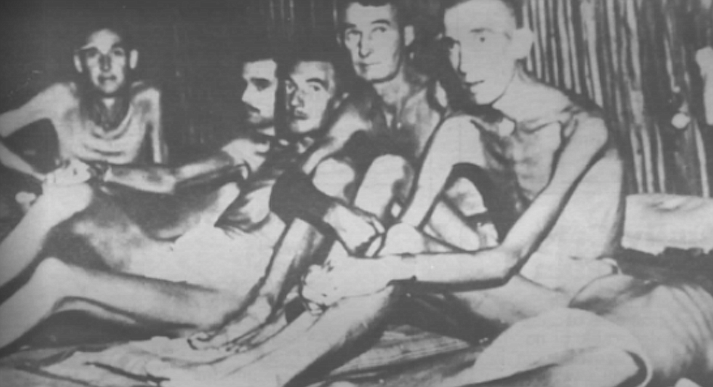
As the Burma Railway neared completion, the rail line was then a military target. With added fuel tanks, B-24 bombers could strike the railway from their bases in India. The POWs camped alongside the tracks in huts had no protection at all. Some remember running naked, waving their loincloths, to welcome the attacking Allied planes. As soon as the planes left, the Japanese climbed out of their bunkers and forced the POWs to start rebuilding.
By Kurt Snider, July 27, 1989 | Read full article
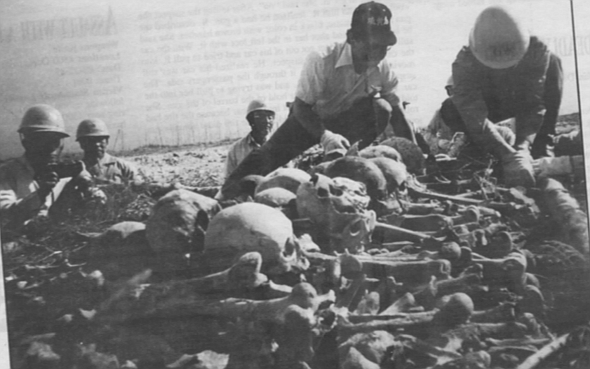
I look east at Nishi Ridge. Somewhere near it, 29-year-old Jack Lummus earned his Medal of Honor. Attacking a rat-maze of bunkers and pillboxes, Lummus was smashed by shrapnel. He kept moving. Then an explosion. Lummus disappeared from sight. His men saw him pop up; he was yelling at them — "Keep moving! Keep moving!" — and it looked as if he was standing in a depression. There was no depression. Both his legs had been blown off.
By Ray Westberg, Sept. 7, 1989 | Read full article
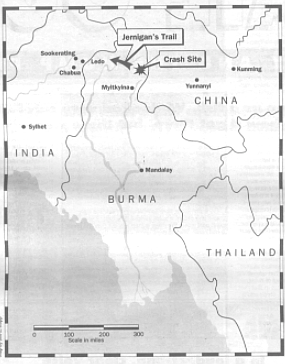
Nobody wanted to undress and get into that clear, icy mountain pool to retrieve the fish, so I said I would do it. I stripped off and went down and down and put a hand on him; he gave a convulsive shudder and I thought he might get away, so I took both hands and put fingers in the top and bottom of the bullet holes. I kicked my feet to bring him up to the surface.
By Gerald M. "Pappy" Jernigan, April 23, 1992 | Read full article
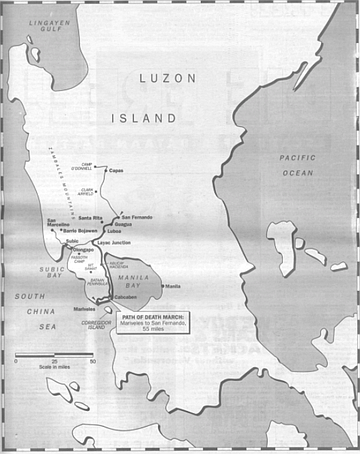
My buddies around me said they’d watch the guards for me, and then they all said, okay, hit it. I just rolled off the road and got under the first row of bushes. The terrain was perfect to attempt to escape. It wasn’t very far from the coast, about four or five kilometers out to Manila Bay, and so there was a lot of palmetto brush and palms and things growing along the banks of this tide river.
By Leon Beck with Neal Matthews, April 23, 1992 | Read full article
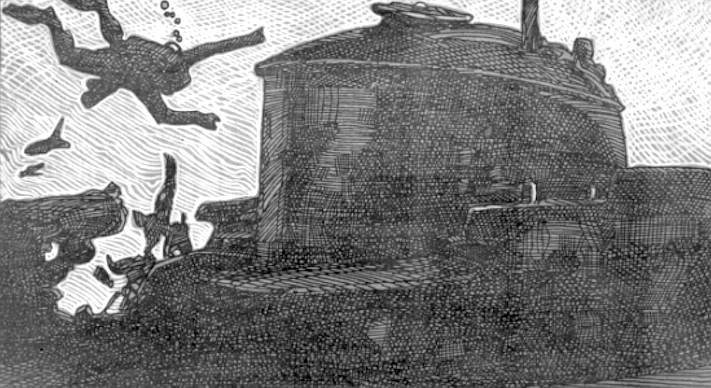
The submarine had been discovered by two San Diego State students who were financing their educations by salvaging objects. They had located S-37 about 300 yards off the coast and in some 25 feet of water, approximately on a line with the Naval Radio Station in Imperial Beach. The students had been tipped off about a possible sunken ship by the owner of a bait barge who over the years had lost three nets to the wreck.
By Bob Owens, Sept. 10, 1992 | Read full article
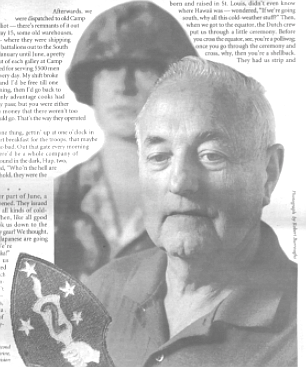
And we were loners. We didn’t have any coverage — no tin cans [escort destroyers], no demolition charges — nothing to protect us at all. So we zig-zagged all over hell, when all of a sudden we headed straight south. Some of us young kids who didn’t know nothin’ about the world — hell, I was born and raised in St. Louis, didn’t even know where Hawaii was — wondered, “If we’re going south, why all this cold-weather stuff?”
By Ray Westberg, Nov. 18, 1993 | Read full article
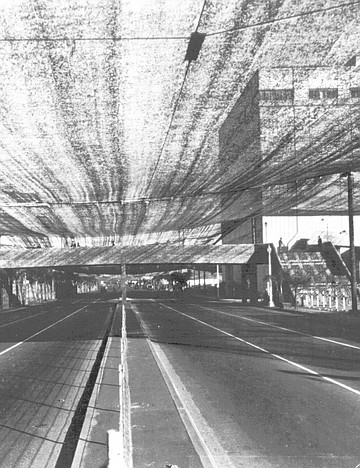
Although rationing curtailed meat, sugar, butter, and coffee (one pound per person every five weeks), one of the most remembered shortages was shoes. You had to buy shoes with a coupon. Without one, you could get shoes with cardboard soles, which ruined once they became wet One woman recalled she “never took off [her children’s] shoes, regardless of their discomfort, for she knew if the shoes were lost she would be unable to replace them.”
By Jeff Smith, Aug. 27, 1998 | Read full article
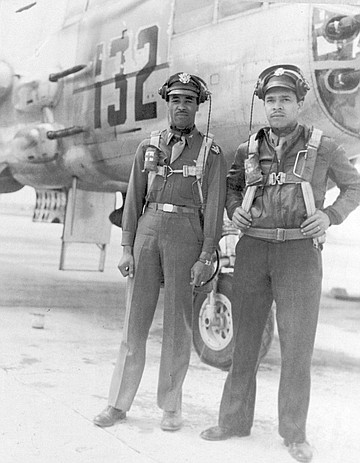
Eugene Cheatham stayed in the service as a reservist for 20 years, serving as an intelligence officer and flying 150 combat missions in the Korean War. He received the Air Medal for his service but not in the usual manner. He returned to his tent one day to find that his colonel had, instead of presenting the medal to him, simply tossed it on his bed. He retired as a Lieutenant Colonel in 1964.
By Laura McNeal, Feb. 3, 2000 | Read full article
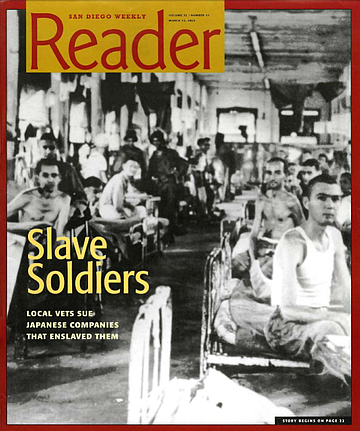
When Nixon was a prisoner, he worked with a pick and shovel building a dry dock for Mitsui; he farmed for Nippon Express; and he worked for both Nippon Express and for a company called Tsurga as a stevedore. As slave labor in the camps went, this much could be said for stevedoring: you had a chance to steal when you were doing it. “They liked us to steal the sugar, because we worked faster.”
By Jeanne Schinto, March 13, 2003 | Read full article


“Automobile headlights were painted out except for tiny slits. You could see cars oncoming, but the driver couldn’t see. Panic would occur when people thought attack was under way. Then if a light was shining through your window, an angry person or three might well come banging on your door. If people thought there were cars on the street that shouldn't be, they'd throw rocks at the offenders or take baseball bats and break in the headlights.”
By Andrew Piotrowski, July 16, 1981 | Read full article

“When the crowd around the Enola Gay finally began to disperse, I wandered over toward Captain Marquardt’s plane. Several of his co-workers began questioning him about the explosion. I stood there and listened. This man had been in the plane which had followed the Enola Gay. ‘The ball of fire which followed the explosion,’ he said, ‘had been about a half mile in diameter. It was obvious that no one below that ball had survived.’”
By Gordon Smith, July 31, 1980 | Read full article

Hatred for the Japanese reached such a pitch in our East San Diego neighborhood that we’d do almost anything to show our contempt. One time some kid at Sacred Heart school right down the street from where I lived got hold of a Japanese flag, the one with the big bright red sun in the center that we jeeringly called the “meatball banner,” and sold chances to spit on it for three cents.
By Gerald A. Shepherd, Dec. 15, 1983 | Read full article

“To be a superior pilot, I would say eyesight is the first requisite. My eyesight was not 20-20; it was 20-10, which meant I had great vision for distance. While in flight. I could spot enemies long before most pilots and then had time to make the decision of how to adjust our flight pattern and whether we should fight or flee. Now sightings are done by radar, but then it was all vision.”
By Kathleen Beth Mix, Jan. 21, 1988 | Read full article

As the Burma Railway neared completion, the rail line was then a military target. With added fuel tanks, B-24 bombers could strike the railway from their bases in India. The POWs camped alongside the tracks in huts had no protection at all. Some remember running naked, waving their loincloths, to welcome the attacking Allied planes. As soon as the planes left, the Japanese climbed out of their bunkers and forced the POWs to start rebuilding.
By Kurt Snider, July 27, 1989 | Read full article

I look east at Nishi Ridge. Somewhere near it, 29-year-old Jack Lummus earned his Medal of Honor. Attacking a rat-maze of bunkers and pillboxes, Lummus was smashed by shrapnel. He kept moving. Then an explosion. Lummus disappeared from sight. His men saw him pop up; he was yelling at them — "Keep moving! Keep moving!" — and it looked as if he was standing in a depression. There was no depression. Both his legs had been blown off.
By Ray Westberg, Sept. 7, 1989 | Read full article

Nobody wanted to undress and get into that clear, icy mountain pool to retrieve the fish, so I said I would do it. I stripped off and went down and down and put a hand on him; he gave a convulsive shudder and I thought he might get away, so I took both hands and put fingers in the top and bottom of the bullet holes. I kicked my feet to bring him up to the surface.
By Gerald M. "Pappy" Jernigan, April 23, 1992 | Read full article

My buddies around me said they’d watch the guards for me, and then they all said, okay, hit it. I just rolled off the road and got under the first row of bushes. The terrain was perfect to attempt to escape. It wasn’t very far from the coast, about four or five kilometers out to Manila Bay, and so there was a lot of palmetto brush and palms and things growing along the banks of this tide river.
By Leon Beck with Neal Matthews, April 23, 1992 | Read full article

The submarine had been discovered by two San Diego State students who were financing their educations by salvaging objects. They had located S-37 about 300 yards off the coast and in some 25 feet of water, approximately on a line with the Naval Radio Station in Imperial Beach. The students had been tipped off about a possible sunken ship by the owner of a bait barge who over the years had lost three nets to the wreck.
By Bob Owens, Sept. 10, 1992 | Read full article

And we were loners. We didn’t have any coverage — no tin cans [escort destroyers], no demolition charges — nothing to protect us at all. So we zig-zagged all over hell, when all of a sudden we headed straight south. Some of us young kids who didn’t know nothin’ about the world — hell, I was born and raised in St. Louis, didn’t even know where Hawaii was — wondered, “If we’re going south, why all this cold-weather stuff?”
By Ray Westberg, Nov. 18, 1993 | Read full article

Although rationing curtailed meat, sugar, butter, and coffee (one pound per person every five weeks), one of the most remembered shortages was shoes. You had to buy shoes with a coupon. Without one, you could get shoes with cardboard soles, which ruined once they became wet One woman recalled she “never took off [her children’s] shoes, regardless of their discomfort, for she knew if the shoes were lost she would be unable to replace them.”
By Jeff Smith, Aug. 27, 1998 | Read full article

Eugene Cheatham stayed in the service as a reservist for 20 years, serving as an intelligence officer and flying 150 combat missions in the Korean War. He received the Air Medal for his service but not in the usual manner. He returned to his tent one day to find that his colonel had, instead of presenting the medal to him, simply tossed it on his bed. He retired as a Lieutenant Colonel in 1964.
By Laura McNeal, Feb. 3, 2000 | Read full article

When Nixon was a prisoner, he worked with a pick and shovel building a dry dock for Mitsui; he farmed for Nippon Express; and he worked for both Nippon Express and for a company called Tsurga as a stevedore. As slave labor in the camps went, this much could be said for stevedoring: you had a chance to steal when you were doing it. “They liked us to steal the sugar, because we worked faster.”
By Jeanne Schinto, March 13, 2003 | Read full article
Comments